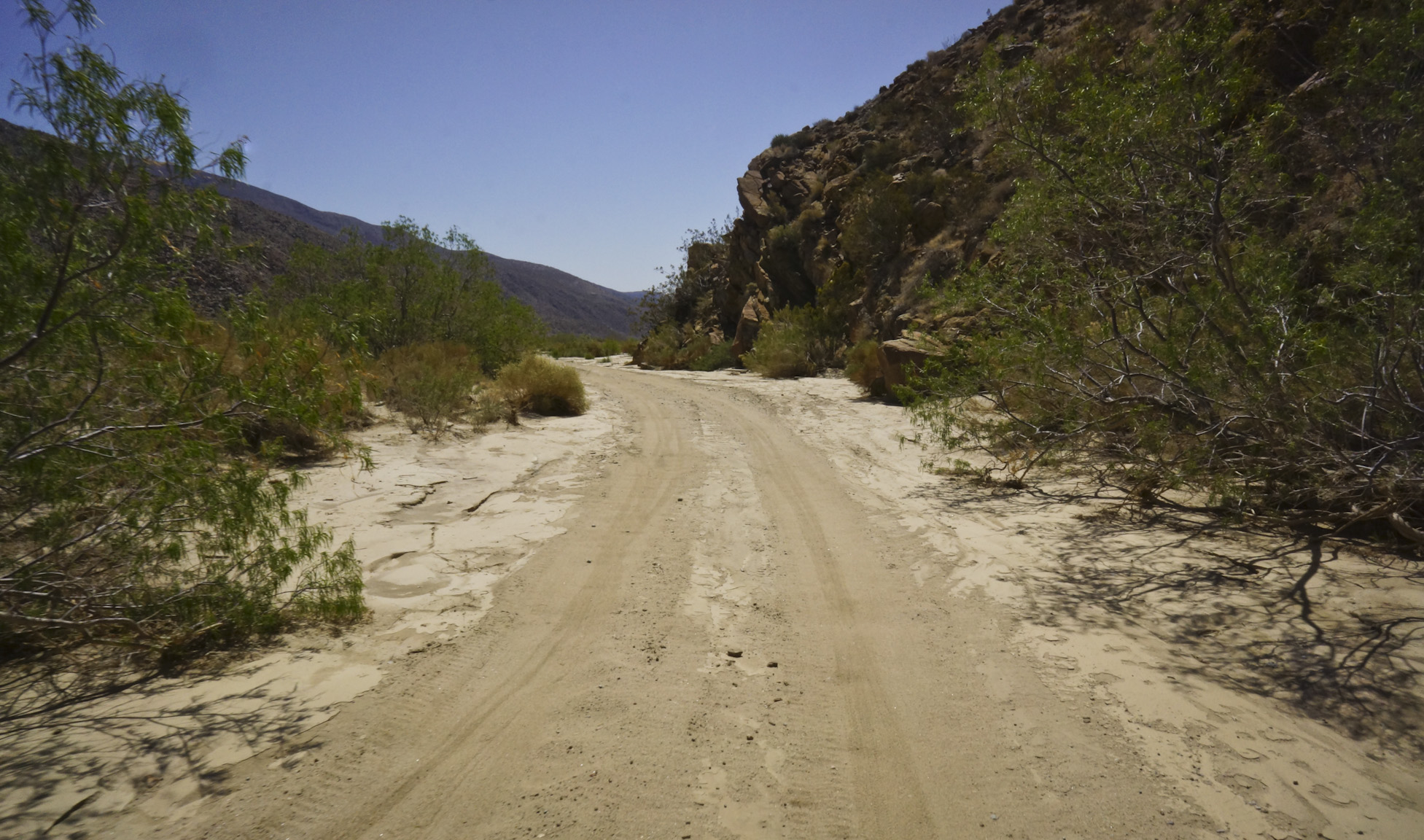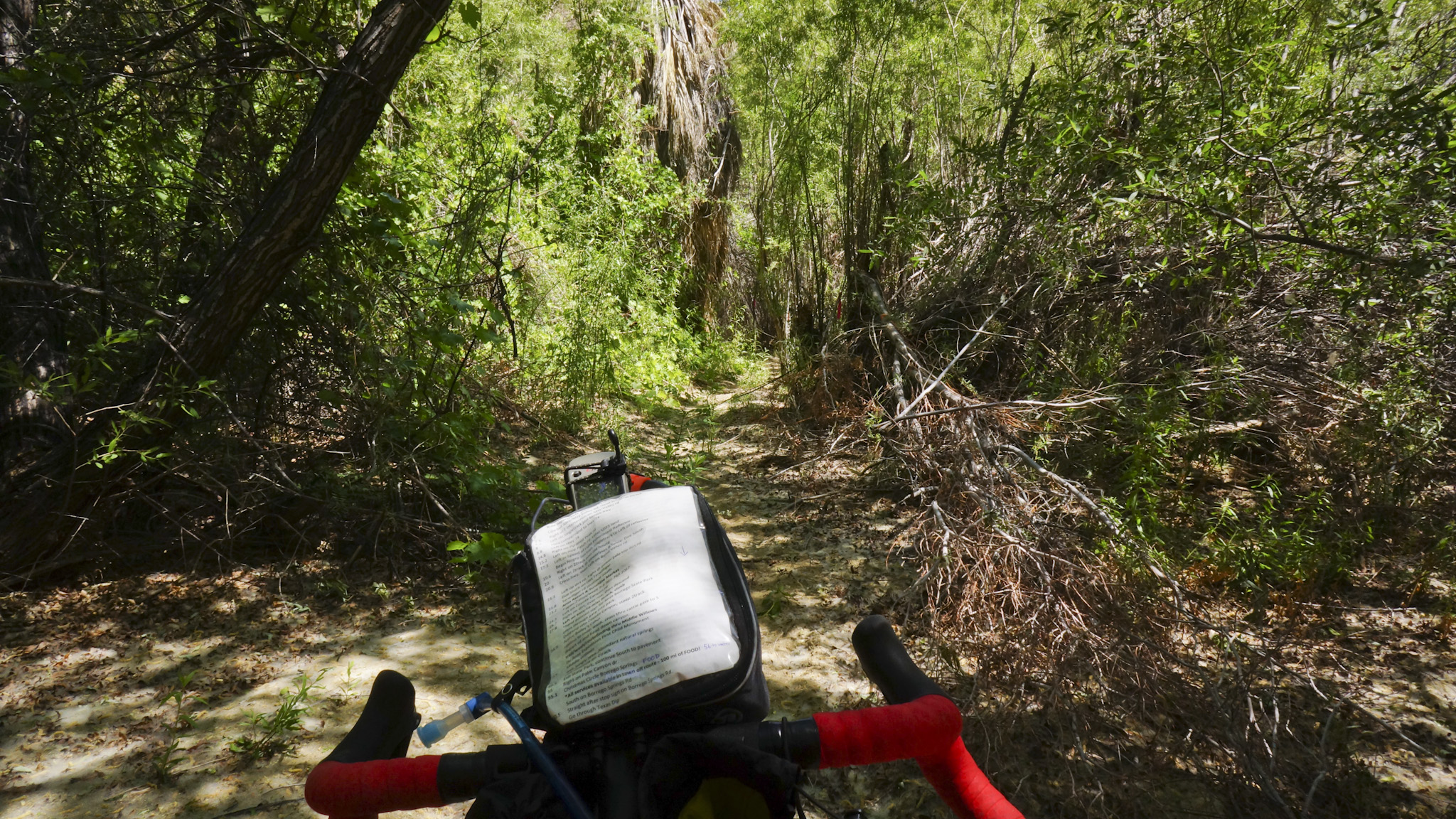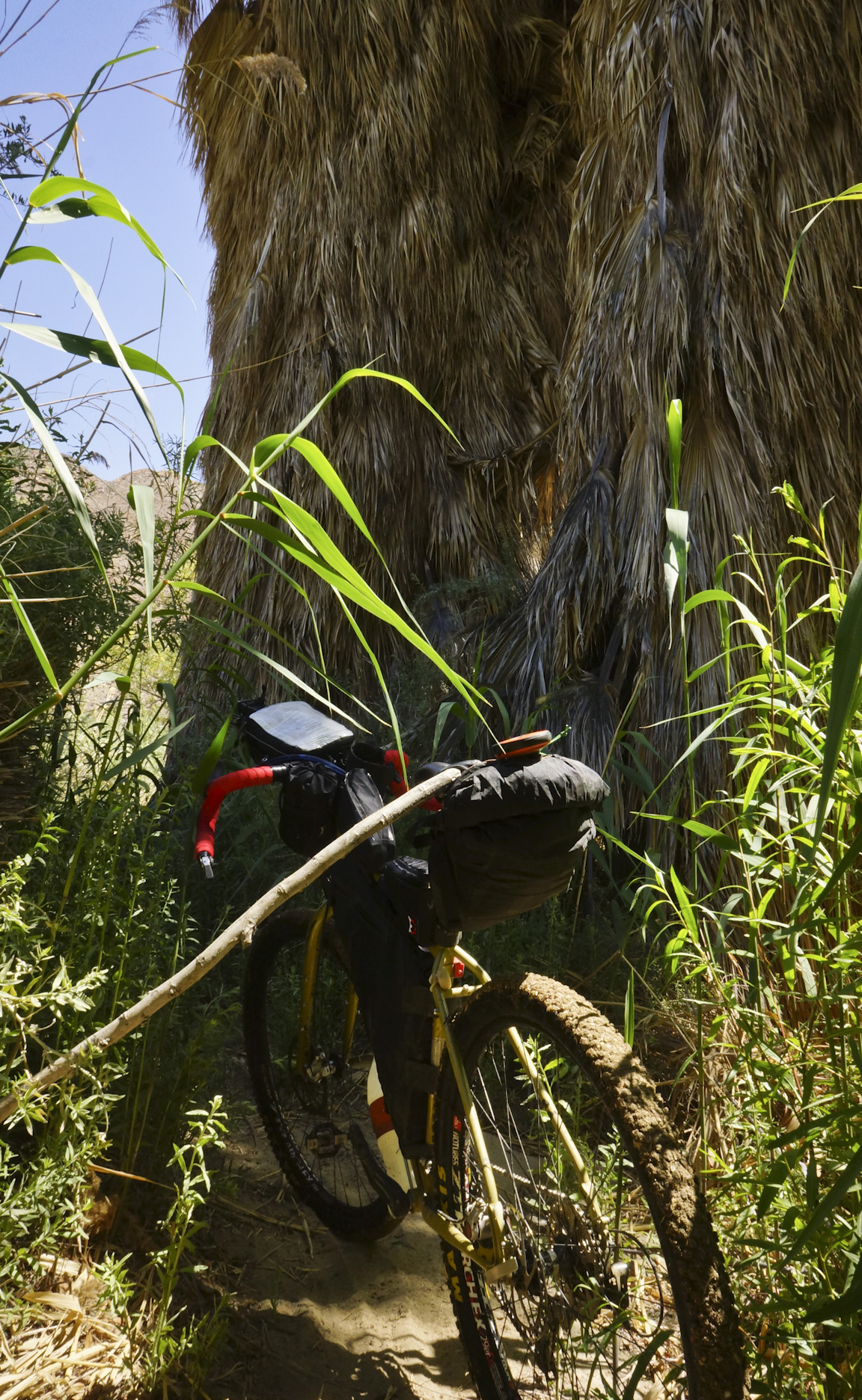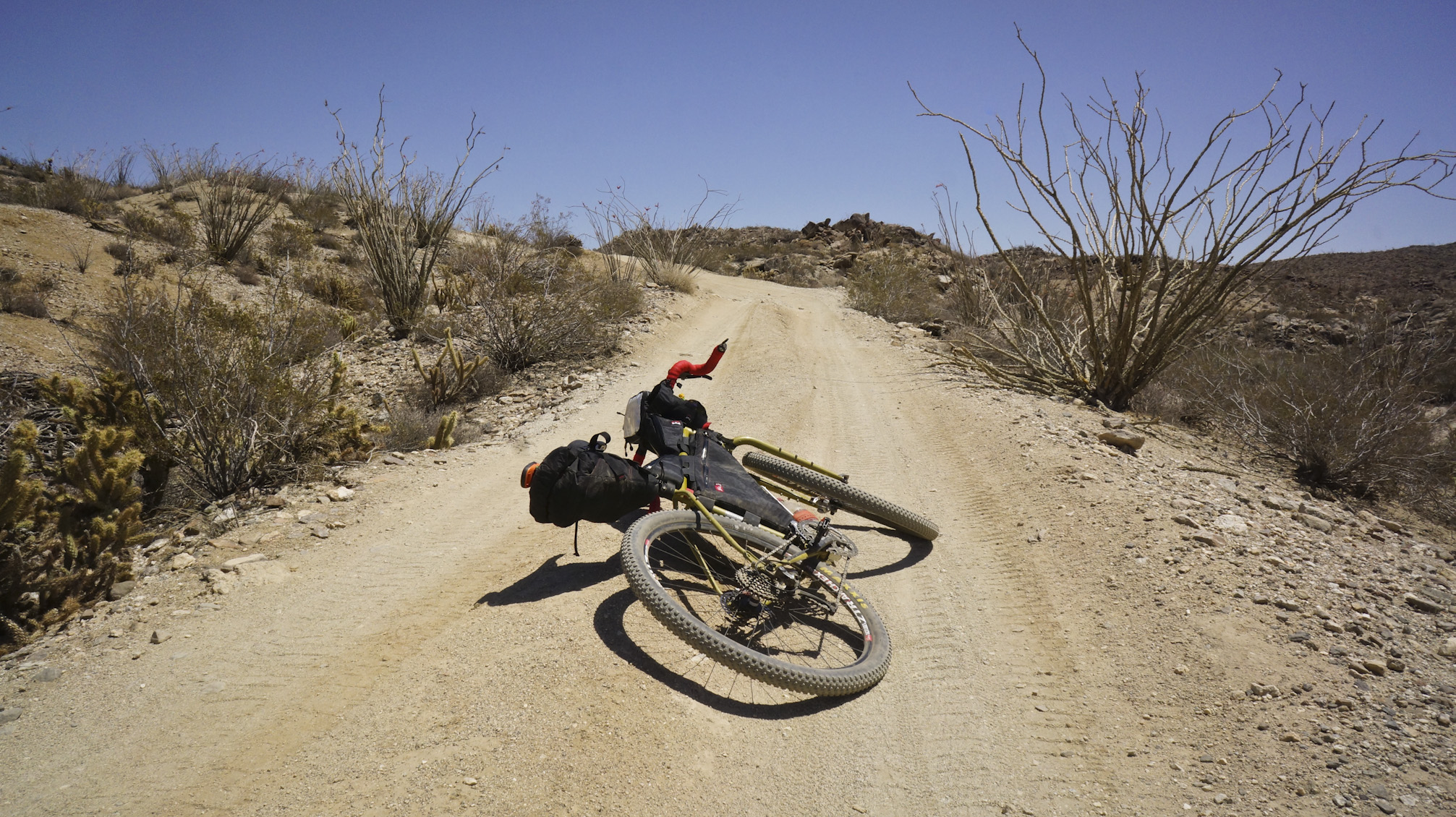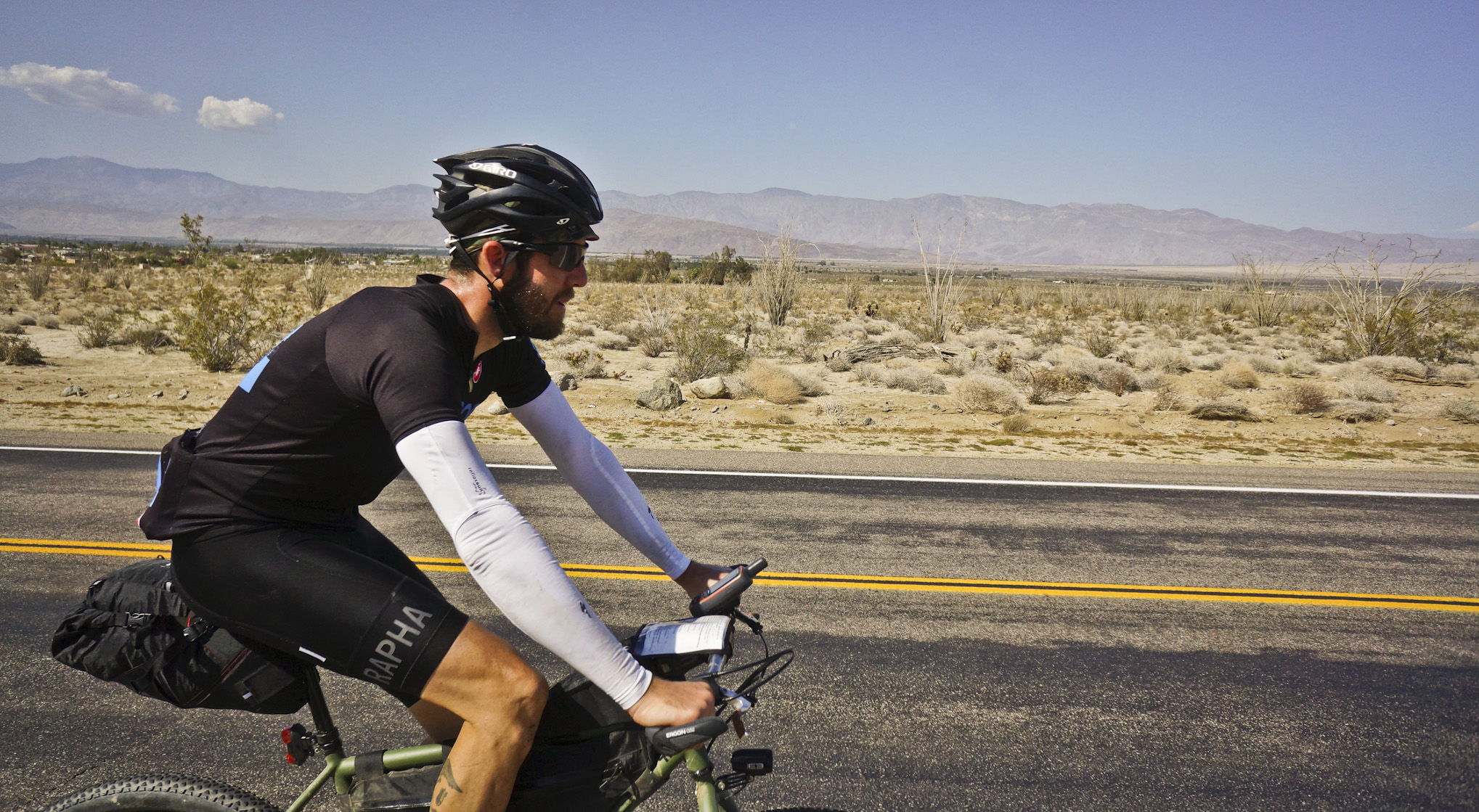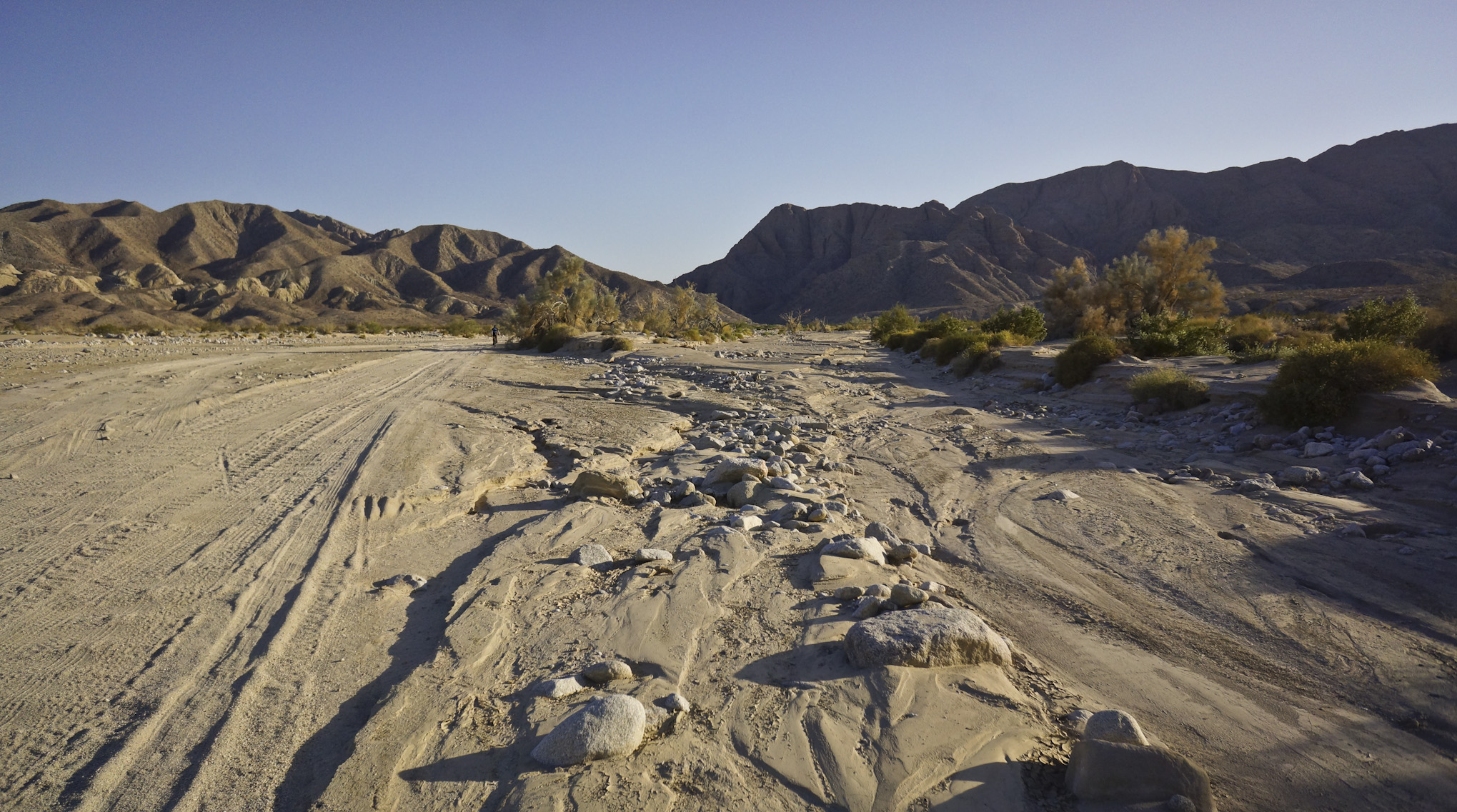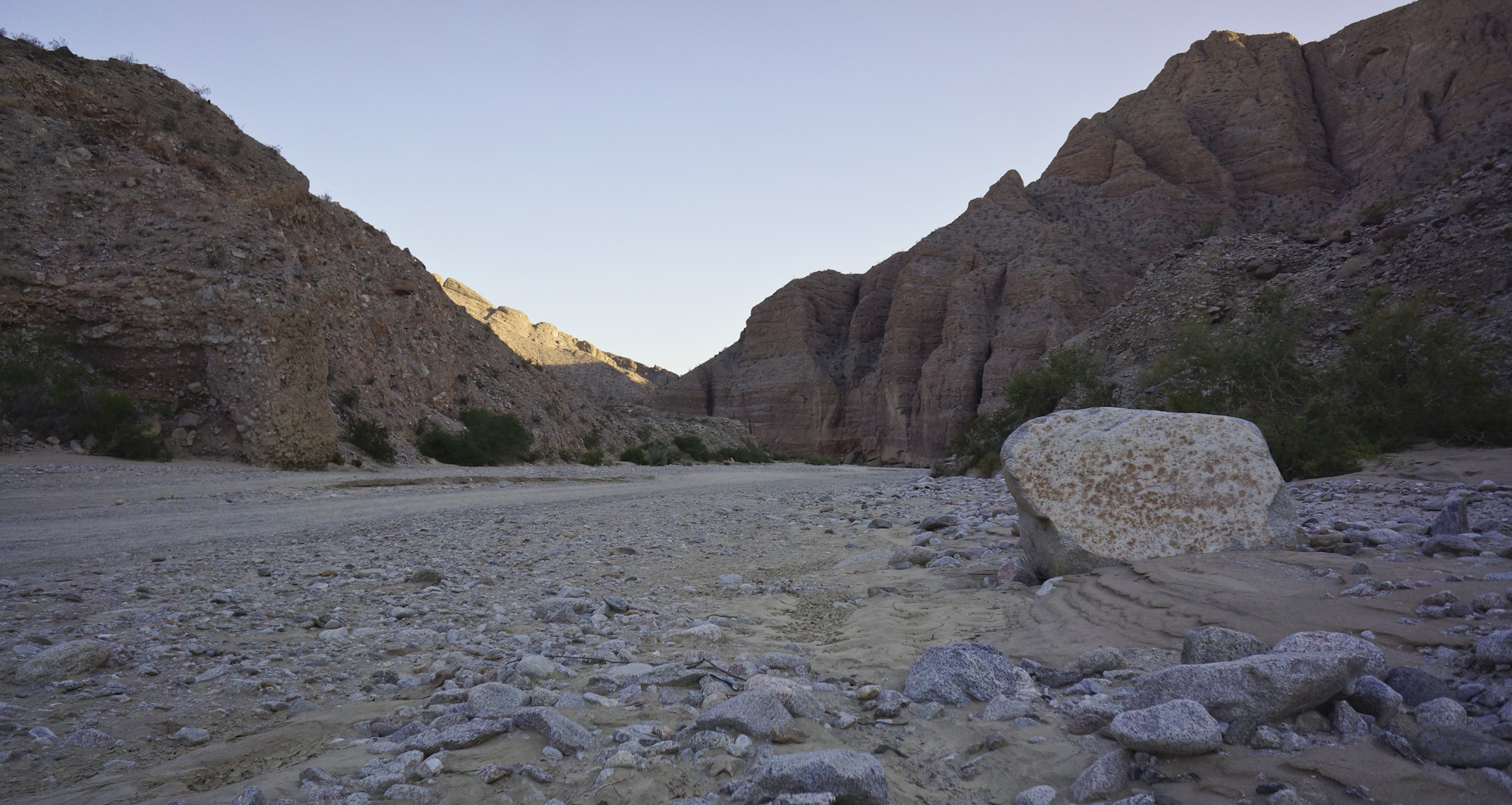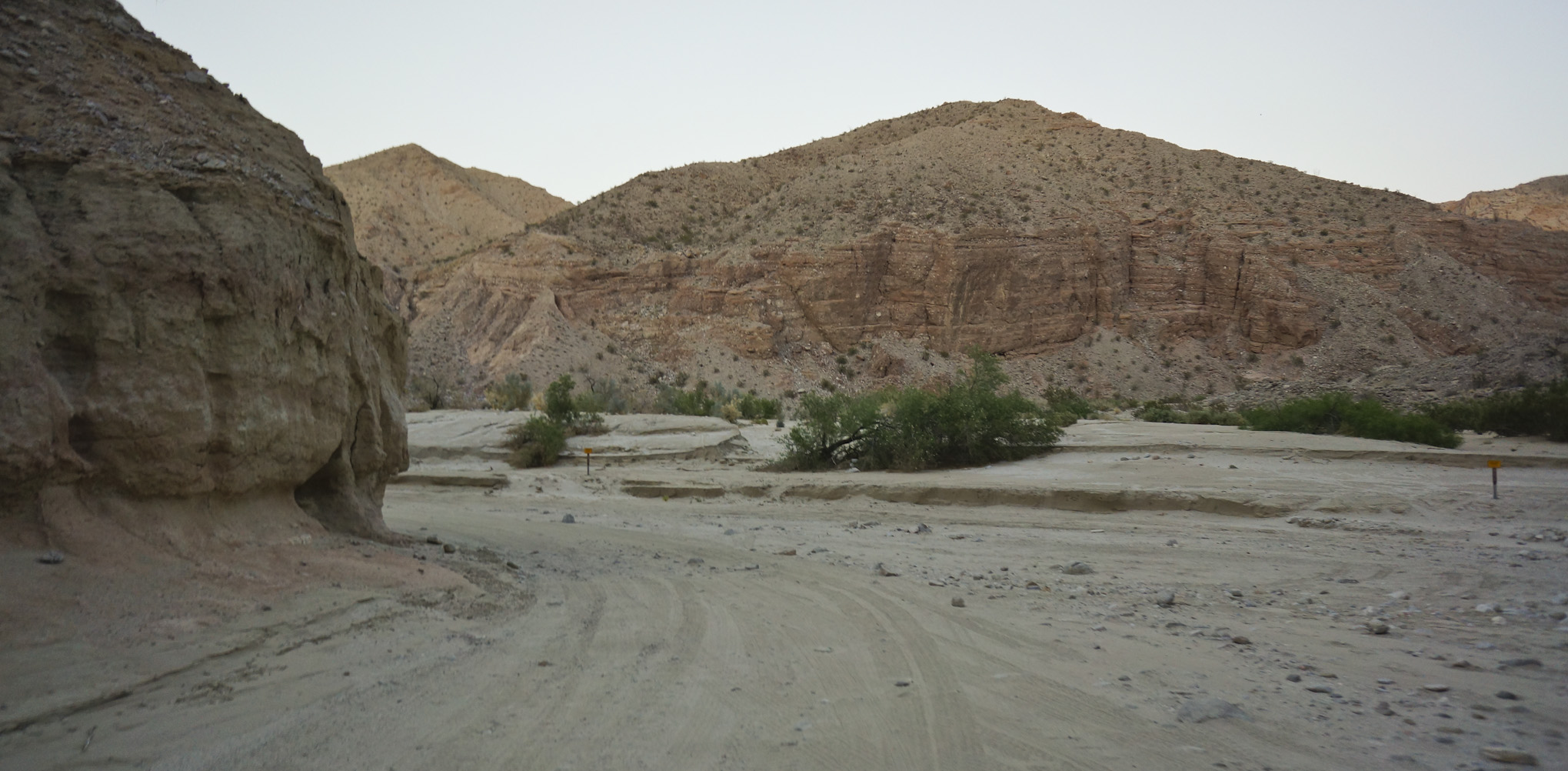STAGECOACH TIPS FROM A ROOKIE:
I have to start out by saying, or repeating, how I had never ridden in the desert before and after spending four winters in Alaska, fatbiking on snow in below zero temperatures for months on end, my perspective on all this and my recommendations is EXTREMELY biased. I offer these tips in light of my lack of experience riding in hot climates and how much I was so accustomed to extreme cold, snowy weather.
Long sleeves may have saved my life. I wore a super light synthetic crewneck and I loved it.
If going with short sleeves, definitely bring white arm covers for the heat of the day.
I mistakenly did not bring bike gloves or use padded bike shorts, as I was so used to wearing gloves inside poagies and wearing multiple bottom layers for winter riding. I'd have been a hurting unit at the end of 400 miles.
Wearing short mini-gaiters for the sand is a good idea, IMO, as my shoes got a lot of sand in them during this big hike-a-bike year. In years when the wash has received more rain, they probably aren't necessary.
Spray on sunscreen could save a lot of time and hassle, especially once you're sweat- and sand-covered after 100 miles.
In the 13 hours it took me to get through Fish Creek Wash, I was only able to choke down 300 calories and was craving nothing but burritos and a soda. I could not eat any bars in the mid-day heat, either. Obviously, this is not sustainable. Try and figure out what your body will want after extreme exertion. I had no way of knowing, coming from 6 months of sub-zero winter. I only knew what I liked to eat at 30 below, not 90 above.
In the heat of the day, I drank 5L of water in 50 miles, or 1L every 10 mi. Be able to carry enough. Get through the wash the first night and to Stagecoach RV Park where there is water. Remember that you'll drink less water at night when it's cooler.
I did a mix of 50% water and 50% weak electrolyte mix intake. It seemed to be ok, but I'd love to hear others' thoughts on this, being a desert rookie. I mix any drink mix to about 50% normal strength so my stomach can handle it. Full strength even 50 miles in and you'll be wanting to puke. The whole time, I was peeing clear and often, but my mouth was horribly dry.
You should be able to ride hard into the early morning hours the first night. Our bodies hit a natural circadian low from 3 to 5am, so take a quick nap to help fight off the sleep monster and you'll be able to have a stronger second day than if you get no sleep at all. Oh, and then there's the heat exhaustion bringing you down, too.
Or if you can, find a place to take a quick nap in the shade during the heat of the day. You won't need a sleeping bag and if you can ride through the night and not sleep, you'll drink less and maximized the cool hours, getting farther down the trail.
For 2013 and the weather we had, I used just a SOL Escape breathable, reflective, and water resistant bivy with a down jacket and it worked great (for the one night I used it). I didn't bring a pad or a sleeping bag. My plan was to attempt the tip above and sleep during the day, if much at all. San Diego can be a damp area and different years can bring different weather so plan accordingly.
Regarding my bike, I never dropped into the smallest (26T) chain ring, but it would have been nice to have two smaller gears than the 36T chainring & 11-34 cassette combo I had.
Being a soft year with little rain to harden up the sand, I really wish I would have had bigger tires for the sand. In rainier years, the sand will mostly be hard and you can run fast knobbies.
The Salsa Cycles Fargo was an awesome bike for most of the race section I did. This race would be best done rigid with bigger tires, or even better, with a suspension fork. The Woodchipper drop bars were great for a lot of the riding, but when it got really rough, they were understandably ill-fit for the terrain. An El Mariachi seems to be the premier bike for this event.
As you may have noticed, I ran aero bars, but I didn't use them in a conventional sense. I simply used them for mounting the cue sheets and gps in an easily viewable location to not have to look straight down and take my eyes off the trail while riding. (Looking down proved to be a bad problem early in the race when I crashed on tight singletrack, off-course). At the end of the aero bars, I mounted my 200 lumen PrincetonTec Apex light. Having the light out in front removed any glare from my vision.
Anyone, please tell me how I can improve on any of this stuff. I love hearing your thoughts.
PHOTOS:
Here's ALL the photos I took in my 117 mile experience.






